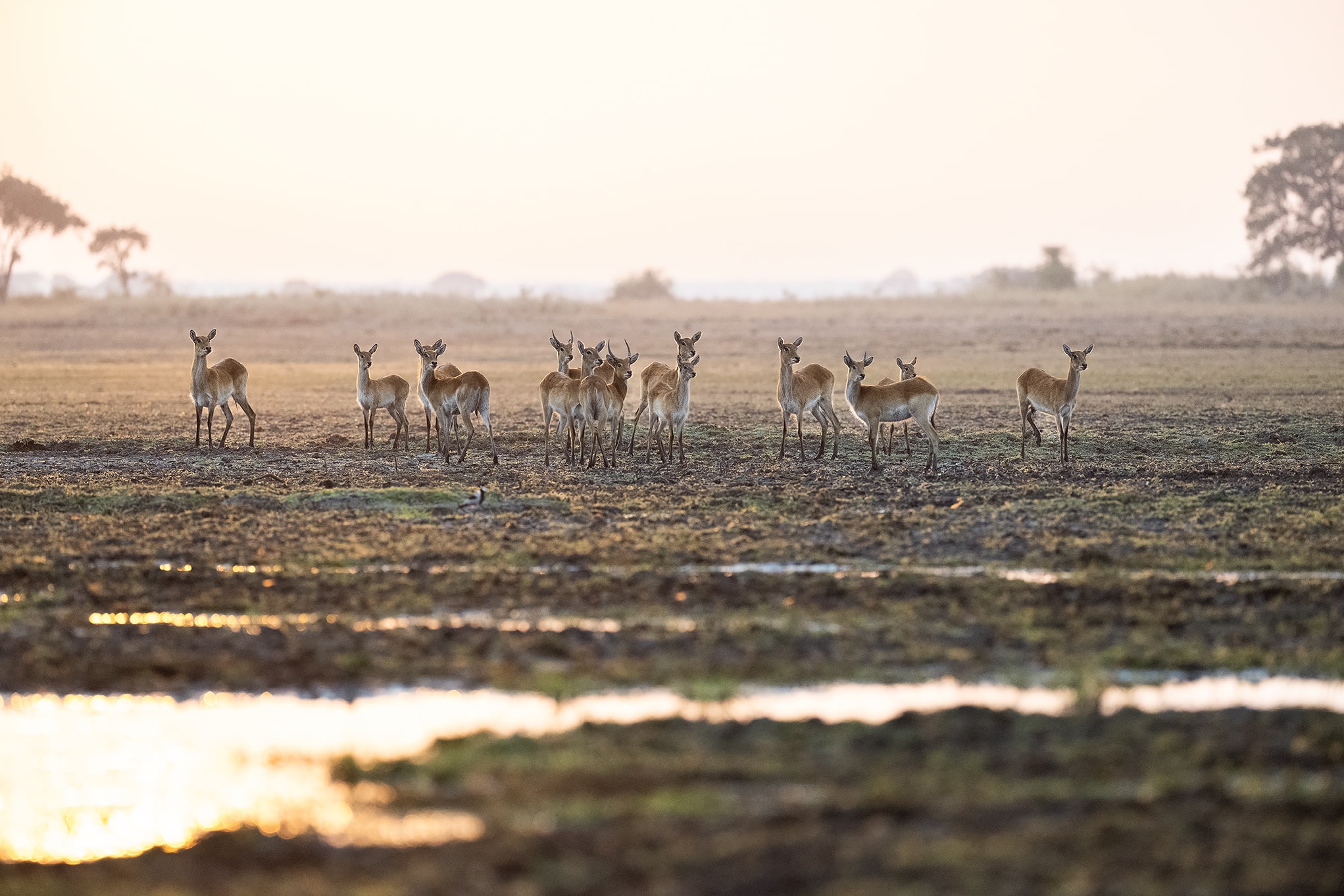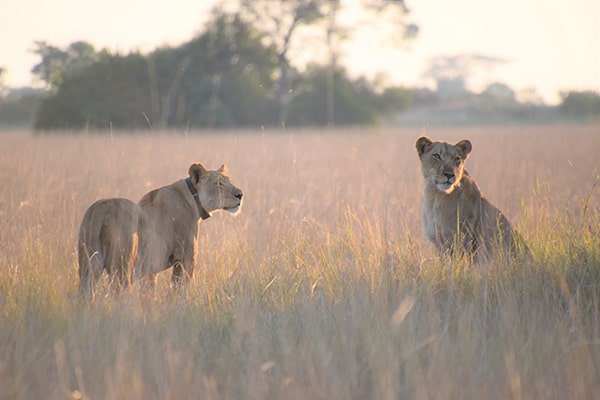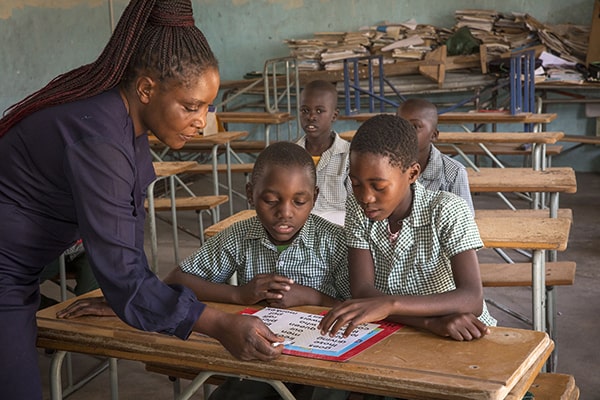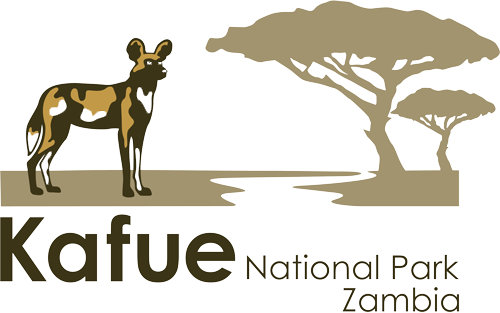
About Kafue National Park
Introduction
One of Africa’s largest protected areas, Kafue National Park was proclaimed in 1950, making it Zambia’s oldest national park.
In February 2021, the Government of Zambia invited African Parks to implement a Priority Support Plan (PSP), for the protection and development of Kafue National Park. This resulted in significant infrastructure investment, improved conservation law enforcement efforts, the creation of over 200 permanent jobs, and support for local schools. These efforts paved the way for a longer-term mandate, and in July 2022, African Parks signed a 20-year collaborative management partnership agreement with the Government of Zambia.
Biodiversity Conservation
Kafue’s vast diversity creates a level of conservation resilience, but in a changing world and in order for it to be managed effectively, all facets need to be monitored. As a globally important wildlife sanctuary, conservation law enforcement and restoring ecosystem health is key. Despite past pressures, the park’s vast, intact landscape continues to support a rich variety of iconic species, offering significant conservation and tourism potential for Zambia.
Forming part of the Kavango-Zambezi Transfrontier Conservation Area (KAZA TFCA), which hosts over half of Africa’s savannah elephant population, Kafue has the potential to be one of the most important sanctuaries for this keystone species. Aerial Surveys provide vital insights into the relative abundance and distribution, while over 40 elephant collars monitor their movement and seasonal distribution. This has provided valuable insights and proof of the connectivity to the greater KAZA, as well as the potential development of a wildlife corridor to West Lunga.

Fire, fisheries, and wildlife management are central to conserving Kafue’s ecosystem, with cutting-edge tools and community collaboration helping to control harmful fires and develop sustainable, science-based fire and fisheries plans. The Kafue River system, including Lake Itezhi-tezhi, is a crucial economic and social resource for communities bordering the park. Supporting over 25,000 people, the fisheries provide vital livelihoods and strengthen social cohesion.
Wildlife reintroductions are an important part of Kafue’s conservation management, and their success relies on the expertise and participation of multiple stakeholders. Recent reintroductions include Kafue lechwe, zebra, and wildebeest.
Community Development
In addition to engaging with a significant number of the communities that live alongside the park, the Community Development team has established employment, education and infrastructure development projects, all aimed at improving livelihoods and ensure that people benefit from the park. To ensure that community engagements are constructive, the community development team, together with The Nature Conservancy, spent time visiting all villages around the park. Based on these engagements a comprehensive Community Needs Assessment and a Constituency for Conservation Index survey were rolled out, both of which are invaluable in defining the Community Development Plan. Formalising the relationship with communities around Kafue led to the signing of MOUs with 15 Community Resource Boards. The first-ever Environmental and Social Action Plan for Kafue was developed through a comprehensive safeguards exercise, alongside the rollout of a community grievance mechanism. Local participation was strengthened through community AGMs, radio outreach, and support for new Community Resource Boards, including leadership training and exchange visits.

© Mike Dexter
Every year more than 2,000 children visit Kafue to learn more about wildlife and conservation. The community team works with 13 school wildlife clubs, where more than 500 learners actively take part in conservation initiatives in their communities.
Park Revenue Generation
Within Zambia’s established tourism industry, Kafue has tremendous potential to emerge as a leading ecotourism destination, thereby creating much-needed sustainable livelihood and skill-sharing opportunities in surrounding communities. Since 2022, Kafue has experienced a 196% increase in tourism revenue, with domestic tourism accounting for 40% of all 2024 visitors. In 2024 Kafue had the highest visitor numbers in its history.

